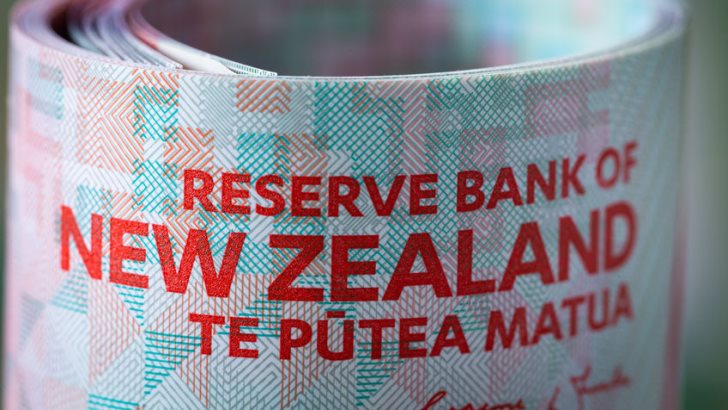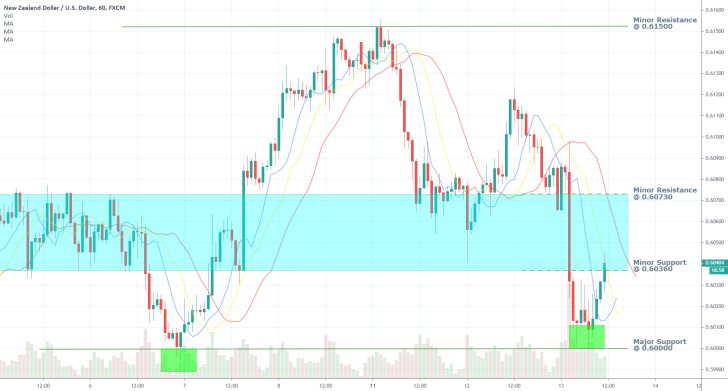
Earlier today, the Monetary Policy Committee (MPC) of the Reserve Bank of New Zealand expectedly decided to maintain the Official Cash Rate (OCR) unchanged at 0.25 per cent. The rate is thus maintained at the same level that was agreed upon at the Bank's previous meeting.
The RBNZ also announced it would be substantially increasing the scope and size of its underlying QE program, in a bid to curtail the coronavirus fallout currently impeding New Zealand's economy.
In the Committee's monetary policy statement it was specified that:
"The Monetary Policy Committee has agreed to significantly expand the Large Scale Asset Purchase (LSAP) programme potential to $60 billion, up from the previous $33 billion limit. The LSAP programme includes NZ Government Bonds, Local Government Funding Agency Bonds and, now, NZ Government Inflation-Indexed Bonds."
In doing so, the RBNZ has followed suit to other central banks, chiefly the BOE and the RBA, in announcing plans to implement a more comprehensive monetary policy. This, in turn, means that the global financial markets are going to become even more liquid, thereby having even more profound longer-term implications.
What is peculiar in the case of the RBNZ, however, is the fact that the Committee has explicitly announced its desires to implement a comparatively larger and more far-reaching asset-purchasing program at present, as opposed to gradually implementing smallеr adjustments in the future.
"The balance of economic risks remains to the downside. The expansion to the LSAP programme aims to continue to reduce the cost of borrowing quickly and sharply. This is preferable to delivering a smaller amount of stimulus now, only to risk later realising more should have been done."
In doing so, the Bank signals that it does not prefer to see a protracted and arduous road to economic recovery, that requires minor and frequent adjustments to the underlying QE program.
Rather, the Committee aims to accommodate the economy by substantially increasing the aggregate money supply in one sitting, which is hoped would provide a considerable initial thrust for the underlying economic activity.
This news has affected the strength of the New Zealand Dollar. Initially, the kiwi depreciated against the greenback as traders weighed in on the manner in which all of this extra liquidity is going to affect the NZD's competitiveness in the FX market.
Subsequently, however, the NZDUSD offset most of these losses as the pair appreciated by more than 0.60 per cent in the last several hours. This happened due to investors' hopes for the favourable effect that RBNZ's new monetary policy adjustments are likely to exert on the country's broader economy.
As can be seen from the hourly chart below, the NZD has recently broken above the minor support (previously resistance) level at 0.60360, and the next goal for the price action is likely going to be the range's upper boundary, represented by the minor resistance level at 0.60730.





















